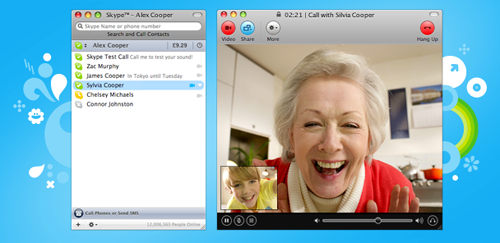Using social media Web sites is among the most common activity of today's children and adolescents. Any Web site that allows social interaction is considered a social media site, including social networking sites such as Facebook, MySpace, and Twitter; gaming sites and virtual worlds such as Club Penguin, Second Life, and the Sims; video sites such as YouTube; and blogs. Such sites offer today's youth a portal for entertainment and communication and have grown exponentially in recent years. For this reason, it is important that parents become aware of the nature of social media sites, given that not all of them are healthy environments for children and adolescents. Pediatricians are in a unique position to help families understand these sites and to encourage healthy use and urge parents to monitor for potential problems with cyberbullying, “Facebook depression,” sexting, and exposure to inappropriate content.
Cyberbullying and Online Harassment
Cyberbullying is deliberately using digital media to communicate false, embarrassing, or hostile information about another person. It is the most common online risk for all teens and is a peer-to-peer risk.
Although “online harassment” is often used interchangeably with the term “cyberbullying,” it is actually a different entity. Current data suggest that online harassment is not as common as offline harassment, and participation in social networking sites does not put most children at risk of online harassment. On the other hand, cyberbullying is quite common, can occur to any young person online, and can cause profound psychosocial outcomes including depression, anxiety, severe isolation, and, tragically, suicide.
Facebook Depression
Researchers have proposed a new phenomenon called “Facebook depression,” defined as depression that develops when preteens and teens spend a great deal of time on social media sites, such as Facebook, and then begin to exhibit classic symptoms of depression. Acceptance by and contact with peers is an important element of adolescent life. The intensity of the online world is thought to be a factor that may trigger depression in some adolescents. As with offline depression, preadolescents and adolescents who suffer from Facebook depression are at risk for social isolation and sometimes turn to risky Internet sites and blogs for “help” that may promote substance abuse, unsafe sexual practices, or aggressive or self-destructive behaviors.
Sexting
Sexting can be defined as “sending, receiving, or forwarding sexually explicit messages, photographs, or images via cell phone, computer, or other digital devices.” Many of these images become distributed rapidly via cell phones or the Internet. This phenomenon does occur among the teen population; a recent survey revealed that 20% of teens have sent or posted nude or seminude photographs or videos of themselves. Some teens who have engaged in sexting have been threatened or charged with felony child pornography charges, although some states have started characterizing such behaviors as juvenile-law misdemeanors. Additional consequences include school suspension for perpetrators and emotional distress with accompanying mental health conditions for victims. In many circumstances, however, the sexting incident is not shared beyond a small peer group or a couple and is not found to be distressing at all.















